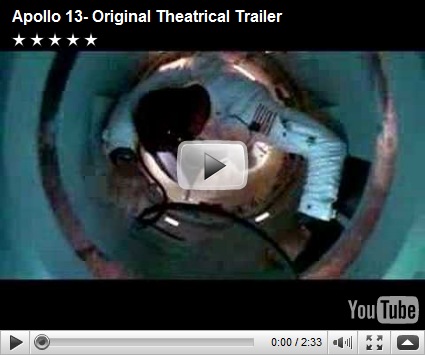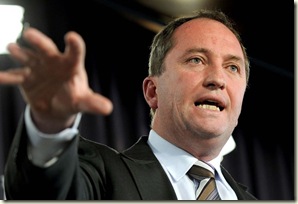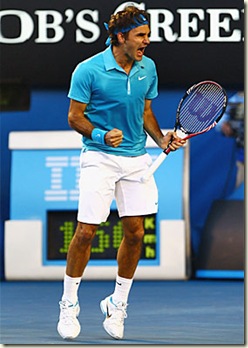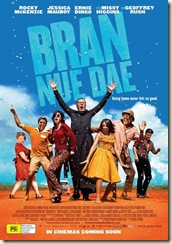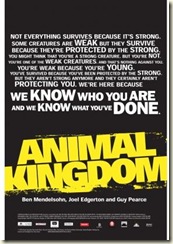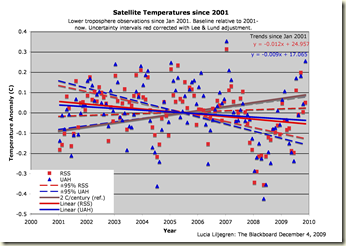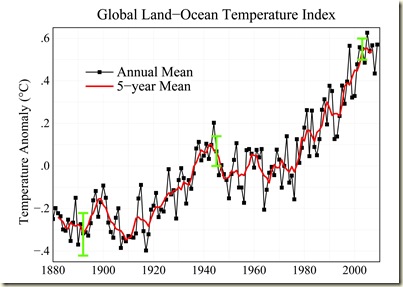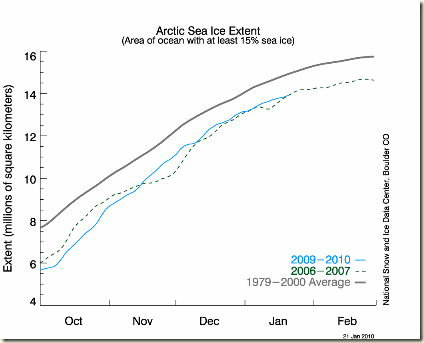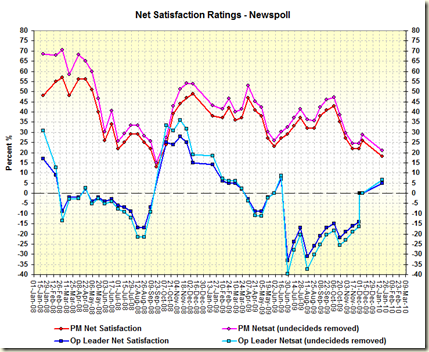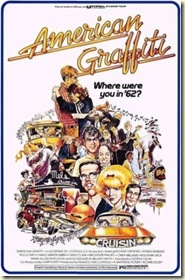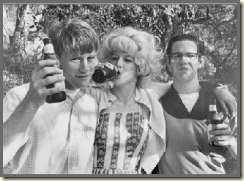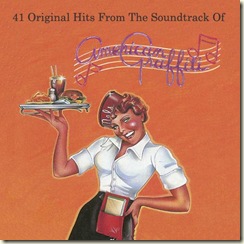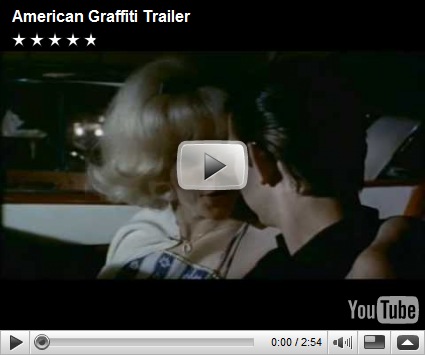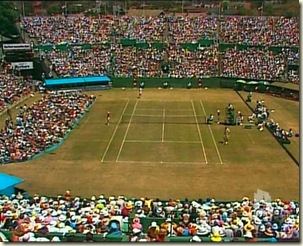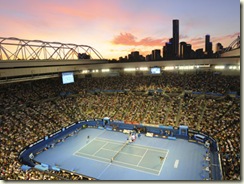 When you look at the statistics of Roger Federer’s career, it is hard not to think there must be more than a few players who at night lie in bed wondering why they had to be born at the same time as he. By making the final of the Australian Open he has now made 18 of the last 19 Grand Slam finals – in essence meaning anyone placed on his half of the draw since 2004 has had to settle for playing for the right to lose to Federer in the semi-final. He has won 15 Grand Slams in seven years – from his first win to his 15th only 25 Grand Slams took place. By comparison for Sampras to win his 14 Grand Slam it took 49 tournaments – or 12 years. So even if you played at the same time as Sampras, there were plenty of gaps there for you to grab your own titles (except at Wimbledon).
When you look at the statistics of Roger Federer’s career, it is hard not to think there must be more than a few players who at night lie in bed wondering why they had to be born at the same time as he. By making the final of the Australian Open he has now made 18 of the last 19 Grand Slam finals – in essence meaning anyone placed on his half of the draw since 2004 has had to settle for playing for the right to lose to Federer in the semi-final. He has won 15 Grand Slams in seven years – from his first win to his 15th only 25 Grand Slams took place. By comparison for Sampras to win his 14 Grand Slam it took 49 tournaments – or 12 years. So even if you played at the same time as Sampras, there were plenty of gaps there for you to grab your own titles (except at Wimbledon).
Since Federer won his first Wimbledon in 2003 to this year’s Australian Open final there have been only 5 Grand Slam finals without him in them. How bloody annoying would that be? But who has it annoyed the most? Who has been most hurt by being born around the same time as Federer? The easy way would be to just give the title to whomever he beat in the final – but that ignores the fact that often the player he beat in either the semi final or even the quarter final might have been favoured to win had they not lost to Federer.
So let’s go through his 15 Grand Slam titles and see who would have won them had the world not seen Roger Federer (I know it’s not a nice thought, but bear with me, it’s just make believe). Obviously this is all a bit subjective and we have to ignore that without Federer the rankings of players would be much changed, but nonetheless, I think it’ll give a fair indication:
2003 Wimbledon:
Quarter Final: Sjeng Shalken: 6-3, 6-4, 6-4
Semi Final: Andy Roddick: 7-6, 6-3, 6-3
Final: Mark Philippoussis: 7-6,6-2,7-6
This comes down to thinking whether Roddick would have beaten Philippousis. Prior to meeting Federer, Roddick was having a pretty strong tournament – only dropping one set. Philippoussis on the other hand went to 5 sets twice and 4 sets twice as well, but he did beat Agassi (6-4 in the 5th). I’m going to give it to Roddick, if only because he beat the other big server of the field – Greg Rusedski – in straight sets, and because I just can’t cope with the thought of Philippoussis being Wimbledon champion, and Pat Rafter not.
no-Federer world winner: Andy Roddick
2004 Australian Open:
Quarter Final: David Nalbandian: 7-5, 6-4, 5-7, 6-3
Semi Final: Juan Carlos Ferrero: 6-4, 6-1, 6-4
Final: Marat Safin: 7-6, 6-4, 6-2
This was the first finals that Federer really stood up and became Roger Federer. Safin was unseeded, but beat the top seed Andy Roddick and 4th seed Andre Agassi in the quarters and semis. Ill give him the win – beating Nalbandian in the final.
no-Federer world winner: Marat Safin
2004 Wimbledon:
Quarter Final: Lleyton Hewitt: 6-1, 6-7, 6-0, 6-4
Semi Final: Sebastian Grosjean: 6-2, 6-3, 7-6
Final: Andy Roddick: 4-6, 7-6, 7-6, 6-4
In this one, I’d pick Hewitt to beat Grosjean in the semi final, but come up just short against Roddick, as Roddick beat him that year at Queens 7-6, 6-3.
no-Federer world winner: Andy Roddick
2004 US Open:
Quarter Final: Andre Agassi: 6-3, 2-6, 7-5, 3-6, 6-3
Semi Final: Tim Henman: 6-3, 6-4, 6-4
Finals: Lleyton Hewitt: 6-0, 7-6, 6-0
Agassi is the only person to take Federer to 5 sets in the Quarter Finals of a slam. The final was the match that scared Hewitt for life. In a final against Agassi (he would have beat Henman), it would have been a lot closer – their head to head was 4-4. But with the American crowd, I’m tipping Agassi to get up for the win.
no-Federer world winner: Andre Agassi
2005 Wimbledon:
Quarter Final: Fernando Gonzalez: 7-5, 6-2, 7-6
Semi Final: Lleyton Hewitt: 6-3, 6-4, 7-6
Final: Andy Roddick: 6-2, 7-6, 6-4
After two semi-final losses in a row, Federer used this tournament to start his amazing run of 10 Grand Slam finals in a row (the next best in the Open era is those two tennis hacks, Agassi and Laver with four in a row – this year’s Australian Open makes it another streak of 8 in a row for Federer). Once again at Wimbledon, Federer ruined the fun for Hewitt and Roddick. Both players had tough runs, and it’s a bit of a ‘pick’em’ for the title. At this point Hewitt had a 6-1 record over Roddick, but since then Roddick has won 5 straight. And given Roddick’s only victory up till then was on grass, I’ll pick him again to get over the top.
no-Federer world winner: Andy Roddick
2005 US Open:
Quarter Final: David Nalbandian: 6-2, 6-4, 6-1
Semi Final: Lleyton Hewitt: 6-3, 7-6, 4-6, 6-3
Final: Andre Agassi: 6-3, 2-6, 7-6, 6-1
A real hard one to pick this one. All three could win, but I’ll make it a Hewitt-Agassi final. I’m going to give it to Hewitt if only because Hewitt won 18 games off of Federer, and Agassi got only 16.
no-Federer world winner: Lleyton Hewitt
2006 Australian Open:
Quarter Final: Nikolay Davydenko: 6-4, 3-6, 7-6, 7-6
Semi Final: Nicolas Kiefer: 6-3, 5-7, 6-0, 6-2
Final: Marcos Baghdatis: 5-7, 7-5, 6-0, 6-2
This was the Open where 6 of the top 10 seeds were gone before the quarter finals. Davydenko (the number 5 seed) had the misfortune of meeting Federer. And like he did this year, he scared him. I’m picking him to beat Kiefer, and also Baghdatis.
no-Federer world winner: Nikolay Davydenko
2006 Wimbledon:
Quarter Final: Mario Ancic: 6-4, 6-4, 6-4
Semi Final: Jonas Bjorkman: 6-2, 6-0, 6-2
Final: Rafael Nadal: 6-0, 7-6, 6-7, 6-3
There’s no question here who would have won without Federer; that Nadal could get back and win a set after getting blown away in the first set is enough evidence of brilliance for me to give him the nod.
no-Federer world winner: Rafael Nadal
2006 US Open:
Quarter Final: James Blake: 7-6, 6-0, 6-7, 7-4
Semi Final: Nikolay Davydenko: 6-1, 7-5, 6-4
Final: Andy Roddick: 6-2, 4-6, 7-5, 6-1
Who would have won out of Davydenko and Roddick? Well at this point in their careers Roddick held a 4-0 win record in their head to head. And even now it is 5-1. So I’m giving it to Roddick.
no-Federer world winner: Andy Roddick
2007 Australian Open:
Quarter Final: Tommy Robredo: 6-3, 7-6, 7-5
Semi Final: Andy Roddick: 6-4, 6-0, 6-2
Final: Fernando Gonzalez: 7-6, 6-4, 7-4
By this time, Roddick was breaking out in shivers just on seeing his name in the same half of the draw as Federer, but he was still good against other players. On hard courts Roddick has a 5-2 lead against Gonzalez, so I’ll give him the win.
no-Federer world winner: Andy Roddick
2007 Wimbledon:
Quarter Final: Juan Carlos Ferrero: 7-6, 3-6, 6-1, 6-3
Semi Final: Richard Gasquet: 7-5, 6-3, 6-4
Final: Rafael Nadal: 7-6, 4-6, 7-6, 2-6, 6-2
No one other than Federer was going to beat Nadal that year at Wimbledon (and Federer was damn lucky to get over the line as it was)
no-Federer world winner: Rafael Nadal
2007 US Open:
Quarter Final: Andy Roddick: 7-6, 7-6, 6-2
Semi Final: Nikolay Davydenko: 7-5, 6-1, 7-5
Final: Novak Djokovic: 7-6, 7-6, 6-4
Of the three, Djokovic took the most games off Federer, and so I’ll give him this win and have him get his first Grand Slam here, rather than the 2008 Aussie Open.
no-Federer world winner: Novak Djokovic
2008-US Open:
Quarter Final: Gilles Muller: 7-6, 6-4, 7-6
Semi Final: Novak Djokovic: 6-3, 5-7, 7-5, 6-2
Final: Andy Murray: 6-2, 7-5, 6-2
This was Federer’s first Grand Slam since 2004 that he wasn’t seeded number 1 (so of course he won it). Both Djokovic and Murray had had tough matches all the way. In the first four meetings between the two, Djokovic won the day, but in two tournaments prior to the 2008 US Open, Murray beat Djokovic (Cincinnati and Canada). So I’ll give Murray his first Grand Slam.
no-Federer world winner: Andy Murray
2009 French Open:
Quarter Final: Gael Monfils: 7-6, 6-2, 6-4
Semi Final: Juan Martin del Potro: 6-3, 6-7, 6-2, 1-6, 4-6
Final: Robin Soderling: 6-1, 7-6, 6-4
del Potro looked a huge chance to beat Federer in the semi-final, and I pick him to beat Soderling in the final:
no-Federer world winner: Juan Martin del Potro
2009 Wimbledon:
Quarter Final: Ivo Karlovic: 6-3, 7-5, 7-6
Semi Final: Tommy Haas: 7-6, 7-5, 6-3
Final: Andy Roddick: 5-7, 7-6, 7-6, 3-6, 16-14
One of the all-time great Wimbledon finals – the longest Grand Slam final (in terms of games) ever. There is no way I could give it to anyone but Roddick.
no-Federer world winner: Andy Roddick
So who was hurt the most?
By my calculations it goes like this:
Andy Roddick – 6 titles (4 Wimbledon, 1 US Open, 1 Australian Open). To go with his 1 real US Open, that would put him on 7 Grand Slams and up there as one of the all time greats (and also perhaps a bit less grumpy with umpires). (Roddick also is the player whom Federer has met the most in Grand Slams – 8 times – Federer is 8-0).
Rafael Nadal – 2 titles (Wimbledon). With two Wimbledon titles, added to his 5 others Grand Slams, Nadal would be well on his way to having a crack at Pete Sampras’s record of 14 titles.
Andre Agassi – 1 title (US Open). This would give Agassi 9 Grand Slam titles, and a place among the greatest of the great (which of course he already is).
Marat Safin – 1 title (Australian Open). His 2005 semi-final win over Federer was one of the best matches I’ve ever seen, this ‘victory’ would give him 3 Grand Slam titles.
Lleyton Hewitt – 1 title (US Open). Hewitt has met Federer 5 times in Grand Slams, but it only cost him 1 title by my reckoning.
Nikolay Davydenko – 1 title (US Open). A one slam wonder? Maybe… Had he beat Federer in the Australian Open Quarters this year, I would have tipped him for the title.
Novak Djokovic – 1 title (US Open). This would give him 2 titles and, given his run in 2007 plus his real win at the 2008 Australian Open, a likely number 1 ranking.
Andy Murray – 1 title (US Open). Will he deny Murray again for real in the Australian Open? We shall see (I think it’ll be tight, but I think Federer should get up).
Juan Martin del Potro – 1 title (French Open). Thus far, the only player other than Nadal to beat Federer in a Grand Slam final, without Federer around he would have won an extra title and top ranking with Murray among the young guys coming to challenge Nadal.
So there’s a few players who would have been a lot happier without Roger Federer on the other side of the net… though there’d be a hell of lot more tennis fans who would have been devastated.
 After finishing up Happy Days, Howard turned to directing – most likely because he realised his best acting work would come in The Simpsons . Ron Howard is a director for whom the phrase “workmanlike” is a pretty oft used description. Your pulse doesn’t get racing at the words “a new film by Ron Howard”; he’s no Scorsese, Spielberg or Ridley Scott. He doesn’t go over the top huge like James Cameron, the closest he probably is in spirit to is Clint Eastwood – both do good solid work, but perhaps Clint has the advantage of age and experience that puts him above Howard.
After finishing up Happy Days, Howard turned to directing – most likely because he realised his best acting work would come in The Simpsons . Ron Howard is a director for whom the phrase “workmanlike” is a pretty oft used description. Your pulse doesn’t get racing at the words “a new film by Ron Howard”; he’s no Scorsese, Spielberg or Ridley Scott. He doesn’t go over the top huge like James Cameron, the closest he probably is in spirit to is Clint Eastwood – both do good solid work, but perhaps Clint has the advantage of age and experience that puts him above Howard. 